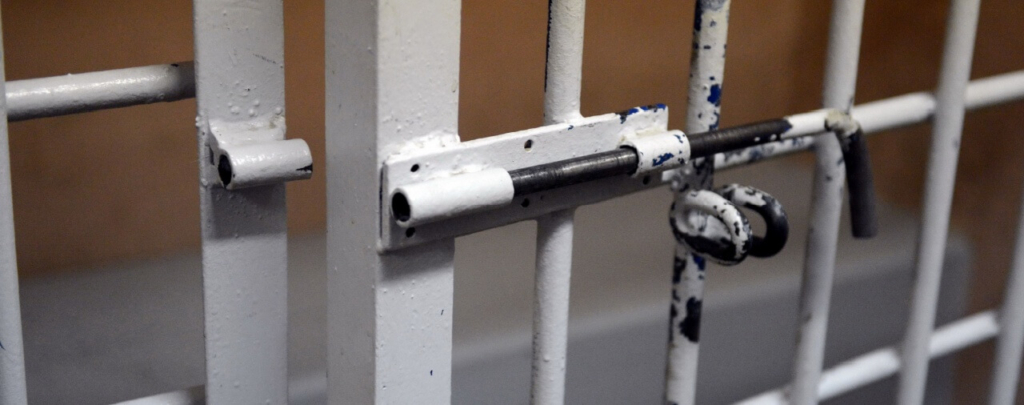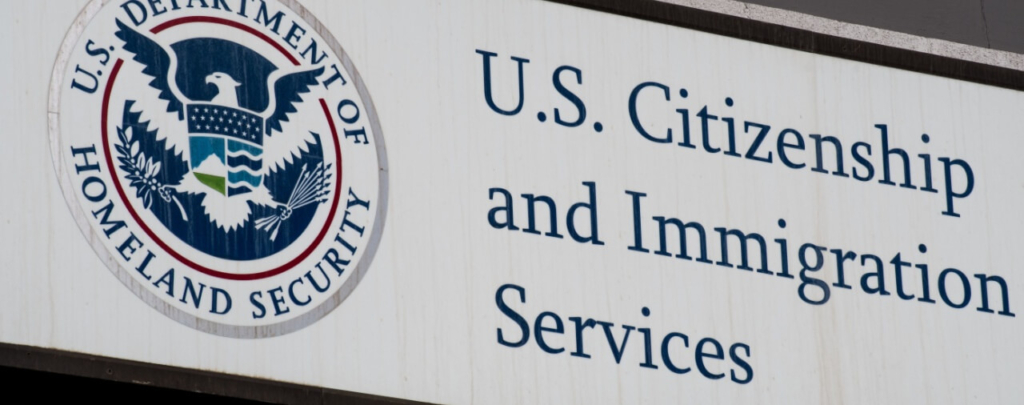Introduction: Matter of Castrejon-Colino
On October 28, 2015, the Board of Immigration Appeals (BIA) decided two important cases pertaining to the 10-year continuous physical presence requirement for eligibility for regular non-LPR cancellation of removal [see article] found in section 240A(b)(1)(A) of the Immigration and Nationality Act (INA). Specifically, the cases addressed when a voluntary return at the border after being stopped by border authorities constitutes a break in physical presence. This blog will discuss the BIA’s decision in Matter of Castrejon-Colino [PDF version].1 Because the other case, Matter of Garcia-Ramirez [PDF version], cites this decision, I encourage you to read this blog post before reading my blog post [see blog] about Matter of Garcia-Ramirez [PDF version].2
The key question in this case was whether being fingerprinted and photographed at the border prior to voluntarily returning from the border severs continuous physical presence. The BIA held that being fingerprinted and photographed at the border before voluntarily departing does not by itself sever continuous physical presence. With that in mind, the BIA held that sufficient evidence did not exist that the alien seeking cancellation of removal (hereafter, the “respondent”) had been made aware he had a right to a hearing before an immigration judge before voluntarily returning. Furthermore, evidence did not exist that he was informed that his decision to voluntarily return would be in lieu of removal proceedings. Because a voluntary return may only sever continuous physical presence if it is in lieu of being subjected to removal proceedings, the BIA held that the respondent’s continuous physical presence was not severed.
In this blog post, I will explain the facts of the case, the reasoning behind the decision, and what the decision means going forward.
Facts of the Case
The case concerned a native of Mexico who first arrived in the United States in 1992. In December of 2000, he departed the United States for 6 weeks to visit his family in Mexico. He was apprehended at the border for unlawful entry in January of 2001. After being fingerprinted, photographed, and asked to sign an electronic device, he voluntarily returned to Mexico. Within days, he reentered the United States. In 2009, the alien was charged with removability, and applied for cancellation of removal in removal proceedings. In 2012, an Immigration Judge denied cancellation of removal, holding that the alien’s physical presence was terminated when he was caught trying to reenter in January of 2001, and was fingerprinted and photographed at the border before returning to Mexico. The respondent appealed to the BIA.
Issues at Hand
The question in the case was whether the respondent’s voluntary return to Mexico after being fingerprinted and photographed at the border severed his continuous physical presence. Since the respondent had not yet accrued 10 years of continuous physical presence at the time of that voluntary return, he would be ineligible for cancellation of removal if that return severed continuous physical presence.
For background on the continuous physical presence requirement, please read this section of our article on non-LPR cancellation of removal [see section] along with this blog.
Section 240A(d)(2) of the INA states that continuous presence is severed by a single departure in excess of 90 days or departures in excess of 180 days in the aggregate. However, the decision notes that the BIA previously held in Matter of Romalez [PDF version] that if an alien opts to make a voluntary return rather than being placed in deportation or removal proceedings, this will constitute an “enforced departure” that severs continuous physical presence.3
The BIA distinguished Romalez a few years later in Matter of Avilez [PDF version],4 where it listed three criteria for whether a voluntary return severs continuous physical presence:
1. If there is evidence that the alien was formally excluded or made subject to an order of expedited removal [see article];
2. If there is evidence that the alien was offered and accepted the opportunity to withdraw an application for admission;
3. If there is evidence that the alien was subjected to any other formal, documented process wherein the alien was determined to be inadmissible to the United States.
When considering when a voluntary departure should sever continuous physical presence, the BIA considers whether there was a process of “sufficient formality that the alien was made aware of the choice between returning voluntarily or being subjected to” removal or deportation proceedings.5 The BIA in this case concurred with previous decisions where the Ninth Circuit has found that fingerprinting and photographing does not by itself constitute a process of “sufficient formality” to break continuous physical presence.6 The BIA also considers whether there exists evidence that the alien was advised of and waived the right to a hearing before an immigration judge.7
The BIA elaborated that “where an alien has a right to a hearing before an Immigration Judge, there must be reliable testimonial or documentary evidence in the record to establish that the alien was informed of that right and waived it before a voluntary departure will be considered a sufficiently formal process to break his or her physical presence.”
The Decision
In rendering its decision, the BIA held that the record lacked sufficient evidence to show that the respondent had been made aware of his right to a hearing before an immigration judge. While the respondent was fingerprinted and photographed, there was no evidence to the formality of the process preceding the respondent making his return, or that he was aware that his return would be in lieu of removal proceedings. Accordingly, the BIA remanded the case back to the Immigration Judge for further consideration of the respondent’s eligibility for cancellation of removal.
My Analysis
This, along with Matter of Garcia-Ramirez [PDF version], is an important decision that distinguishes the BIA’s decision in Matter of Avilez [PDF version]. It further elaborates on the formality required of the process required before an alien chooses to voluntarily return at the border in order for continuous physical presence to be severed. The BIA requires that authorities at the border thoroughly document an encounter with an alien, specifically with regard to evidence that shows that the alien was informed of his right to a hearing before an Immigration Judge, in order for the alien’s decision to return to sever continuous physical presence.
While determining whether a given departure severs continuous physical presence always requires a very fact-specific inquiry, Matter of Castrejon-Colino [PDF version] clarifies grounds on which an alien may argue that a return at the border does not constitute the severance of continuous physical presence. However, it is important to remember that an encounter at the border always has a high chance of being fatal to continuous physical presence. An alien in a similar situation to the respondent in Matter of Castrejon-Colino [PDF version], or in removal proceedings in general, should consult with an experienced immigration attorney in order to assess his or her options for avoiding removal.
- Matter of Castrejon-Colino, 26 I&N Dec. 667 (BIA 2015)
- Matter of Garcia-Ramirez, 26 I&N Dec. 674 (BIA 2015)
- Matter of Avilez, 23 I&N Dec. 799 (BIA 2005)
- Matter of Romalez, 23 I&N Dec. 423 (BIA 2002);
- Citing e.g. Reyes-Sanchez v. Holder, 646 F.3d 493, 498 (7th Cir. 2011)
- Valadez-Munoz v. Holder, 623 F.3d 1304, 1311 (9th Cir. 2010), citing Tapia v. Gonzales, 430 F.3d 997, 1003 (9th Cir. 2005)
- Citing Rosario-Mijangos v. Holder, 717 F.3d 269, 279-80 (2d Cir. 2013)





